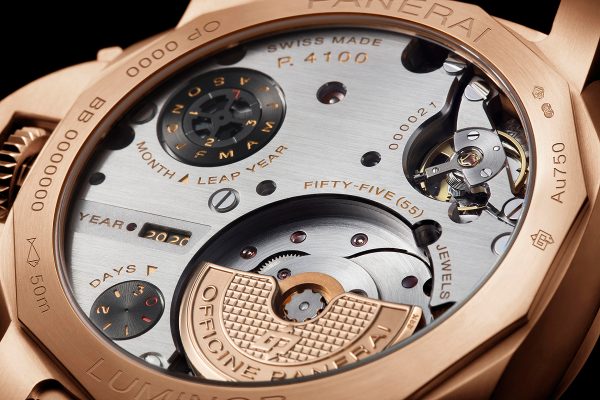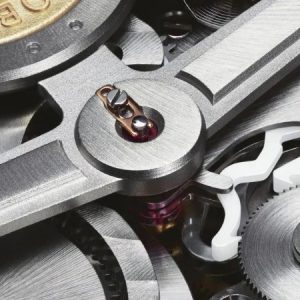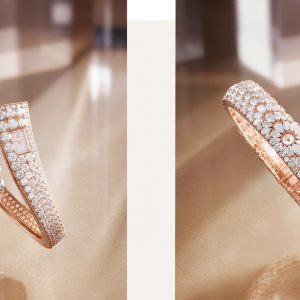Design is typically the first thing that draws people to watches. They might be drawn in by an unusual dial, a unique case shape, or simply an attractive strap. Then they see timepieces with smooth-swinging hands powered by springs and gears, as opposed to the tick-tock that indicates battery-powered hands.
Then they learn about the intricate mechanical engines that power timepieces and the firms that manufacture them in-house, and their emphasis narrows to a much smaller number of and more expensive brands. Then there’s the upper tier of independent watchmakers’ small-volume, hand-built timepieces.

Watchmaking has always been a cottage business. At first, individual watchmakers worked in sheltered workshops in the Swiss Alps, requiring weeks or months to complete a single wristwatch. These were actual artisans, using simple tools and working by hand. The end product was one-of-a-kind works of art that were signed by the artisans and treasured by their owners.
As the Industrial Revolution developed, producing timepieces on a broader scale prompted specialization. While several firms continued to manufacture complete devices, others went to these experts for individual components such as hands, dials, cases, and movements. Many brands took over the assembly, ornamentation, and adjustment of watches, and there was no shame in it. Like the timepieces themselves, all of the industry’s components operated in unison.
Unitas, Venus, Lemania, and Valjoux were movement experts, supplying calibres to the major watchmakers in varying stages of completion. At a period when the computer-aided design was unheard of and creating and prototyping new movements might take years, this made sense. From the Heuer Carrera to the Rolex Daytona, the Valjoux calibre 72 was featured in many of the famous chronographs of the 1960s.

Did the fact that these watches used to have a non-in-house movement make them any less impressive? On the other hand, collectors continue to seek them out and hold them in great respect.
The near-collapse of the Swiss watch industry in the 1970s and 1980s resulted in a lot of consolidation among the main brands, with some going out of business and others coming perilously close. When the industry recovered its footing, companies turned to movement experts again, the greatest of which is ETA SA, out of need and efficiency.
As a part of the Eterna watch manufacturer, ETA has a long history of producing movement bases, or ébauches, dating back to the 1920s. The Swatch Group owned it by the 1980s, and it had swallowed the chronograph experts Lemania and Valjoux.

Many watch owners saw ETA movements as a sign of bourgeois, off-the-shelf laziness, and a lack of innovation on the part of the third-party firms who employed them. However, ETA movements are adaptable, durable, and time-tested engines, with some of the finest calibres competing with in-house movements from some manufacturers. Since its inception in 1972, the Valjoux 7750 caliber has driven more chronographs than any other, and it is known for its durability and adaptability.
As a result, the watch business is no stranger to outsourcing movement manufacturing. Is this to say that third-party movements are on par with ones created in-house? Obviously not. It adds to the uniqueness and distinction of these “manufacturing” watch brands.
A manufacturer that invests the time, effort, and money to build a whole new mechanical movement from the mainspring to the hairspring deserves recognition. Collectors admire these businesses, and for a good reason. Following ETA’s declaration that it would reduce the number of movements it provided to non-Swatch Group brands, other companies quickly joined their ranks.

Is it true that a watch with an outsourced movement is inevitably inferior? Certainly not. A watch is so much more than just a mechanism. An in-house movement, just like a beautifully bevelled lug, a handcrafted bracelet, an engraved case back, or an adequately proportioned dial, is something to be cherished and valued. While many people wish all brands would switch to in-house movement manufacturing, this is neither practical nor historical precedence.
So, are you interested in watches with in-house movement? Visit The Time Place boutique to discover more.





